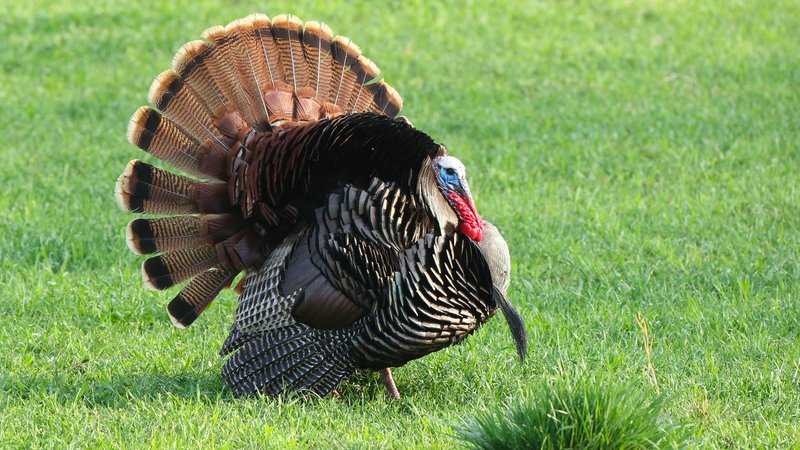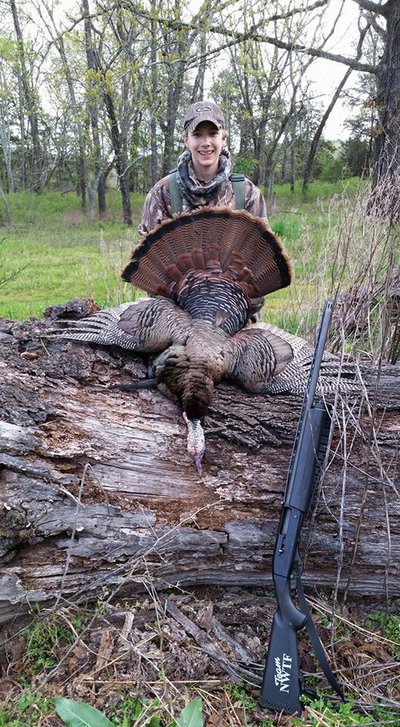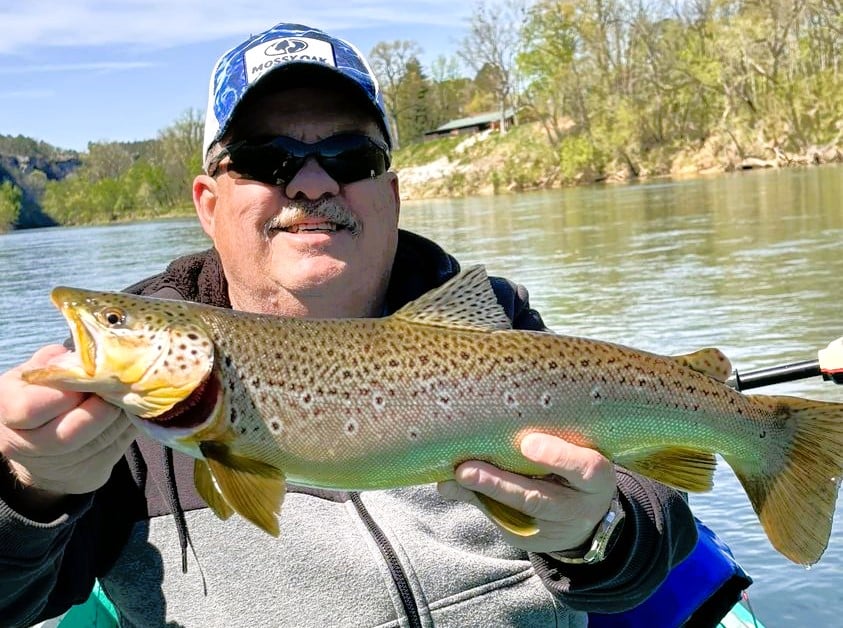Arkansas turkey harvest inches up
ON 05-18-2022

May 18, 2022
Randy Zellers
Assistant Chief of Communications
LITTLE ROCK — Natural State turkey hunters saw an uptick in checked birds during this spring’s three-week turkey hunting season, which ran from April 18 to May 8. Hunters checked 7,578 turkeys, an 8 percent increase from last year’s 7,013-bird total.
That number also includes harvest totals from the state’s youth hunters who enjoyed a preseason youth hunt April 9-10. Despite high winds and a cold snap in most of the state, youth hunters set the tone for the upcoming season for a weekend harvest of 887 birds, an increase of 8 percent over the previous year’s youth hunt total of 821.
Only 253 jakes (immature gobblers) were checked, which was roughly 3.3 percent of the overall harvest. (Youth hunters are allowed one jake in their two-bird bag limit.) This is in line with the average of 4 percent jake harvest since the “No Jakes Rule” was put in place. From 2000-2010, all hunters had been allowed one jake as part of their harvest, which resulted in up to 25 percent of the harvest being immature birds. Before that, jakes could make up a hunter’s entire bag limit for the season, and 40 to 60 percent of the annual harvest was made up of these first-year gobblers.
This year’s uptick was expected according to Jeremy Wood, the Arkansas Game and Fish Commission Turkey Program coordinator and other biologists who track turkey reproduction through annual brood surveys and observation surveys throughout the state.
“The surveys indicated good reproduction in 2020, which is when the majority of gobblers harvested this year were likely produced,” Wood said. “We were cautiously optimistic that we would see a better harvest this year, and the harvest result was a good indication that the metrics we use continue to be good indicators of the population’s status.”
The news comes as a pleasant surprise to many turkey hunters who saw lower success rates last year. Wood said the decrease and rebound can be explained by a few factors, some within the AGFC’s control, but the vast majority of which are outside the control of public land managers.
“We put a lot of conservative regulations in place in 2021, which were designed to balance hunting pressure with the turkey population and help turkeys get some breeding done before people entered the woods and disturbed breeding activity,” Wood said. “But there were other factors that likely had greater contributions to last year’s decline.”
Another factor that played into last season’s dropoff was poor reproduction in 2019 due to rainfall during the peak of hatching season.
“Turkey poults can’t thermoregulate for their first few weeks of life, so they are dependent on the hen to keep them out of the elements,” Wood said. “Four of the five lowest reproductive years on record occurred in the last decade, all of which saw similarly poor weather conditions at this critical time of a poult’s life.”
The large increase in hunters and hunting effort during 2020 as a result of COVID-19 likely compounded the issue.
“We saw an increase in 2020’s harvest, but that had more to do with the perceived increase in hunter effort masking the effects of poor reproduction two years prior,” Wood said. “That large harvest on the decreasing population was another factor that likely led to the decrease in 2021.”
Wood is hopeful that this year’s stabilization of turkey numbers continues into next season as well.
“Through the annual brood surveys, we estimated that 2021 also had decent reproduction, and many hunters have commented to biologists and land managers that they called up a lot of jakes this season,” Wood said. “Those birds will hopefully result in another good season next year when they are mature enough to harvest.”
Wood says it’s too early to tell if this year’s breeding season was successful, but encourages all hunters and wildlife watchers to help with the monitoring effort.
“This year’s hatch will be peaking from now through early June, and weather conditions during these next few weeks will be critical,” Wood said. “One of the best ways the public can help is by contributing to the annual turkey and quail population survey. They can visit agfc.com/turkeysurvey and record sightings. They can also download the app Survey123 to their phone. When they see a turkey, whether it’s a gobbler, single hen or hen with poults, simply add it to the survey. This helps fill the gaps in data and enables biologists to continue making informed decisions on the state’s turkey management.”
Recent News

Arkansas Wildlife Weekly Fishing Report
Apr. 18, 2024
Subscribe to Our Weekly Newsletter E-mails
Don’t miss another issue. Sign up now to receive the AGFC Wildlife Weekly Newsletter in your mailbox every Wednesday afternoon (Waterfowl Reports are published weekly during waterfowl season and periodically outside the season). Fishing Reports arrive on Thursdays. Fill in the following fields and hit submit. Thanks, and welcome!

